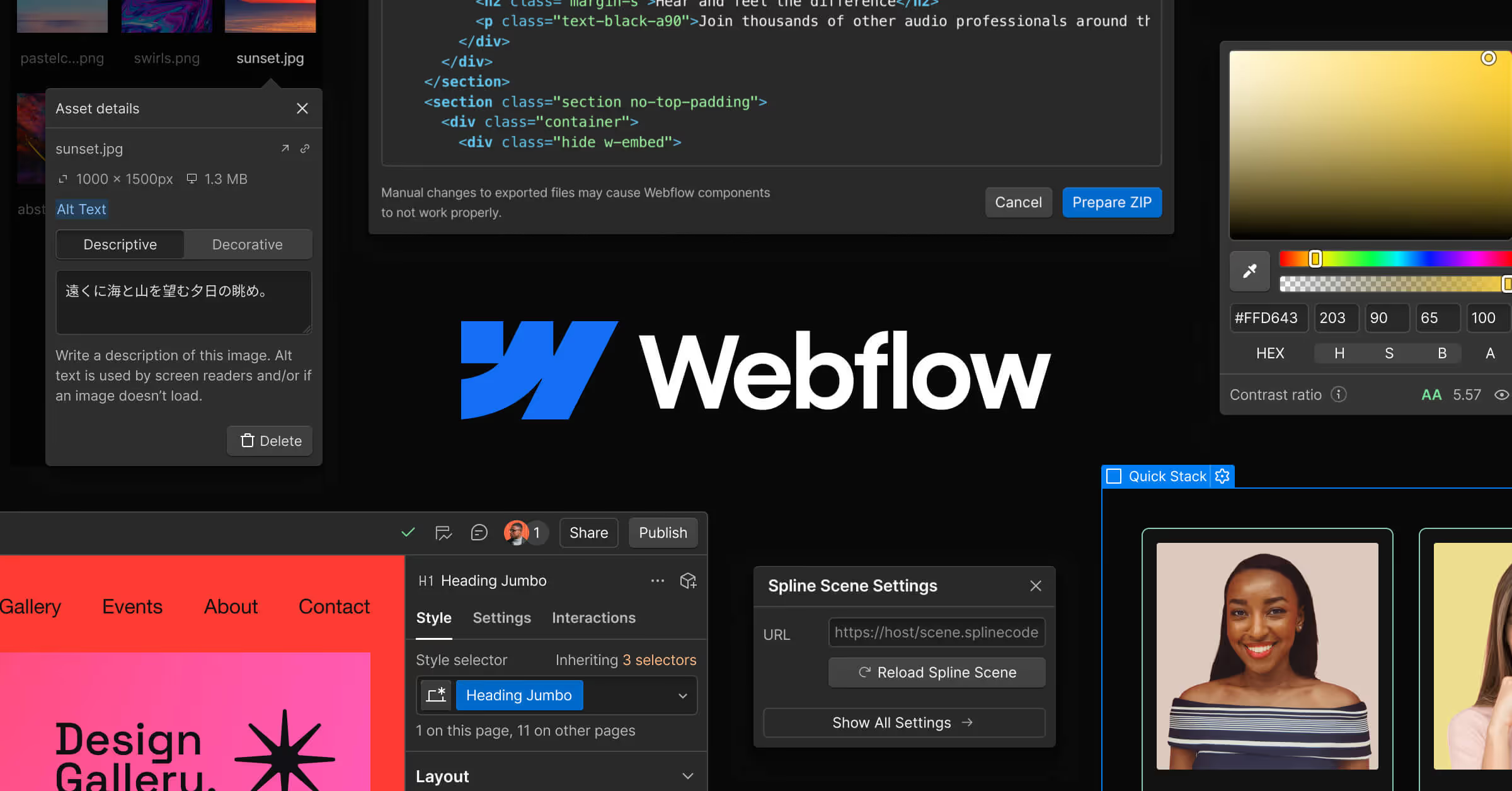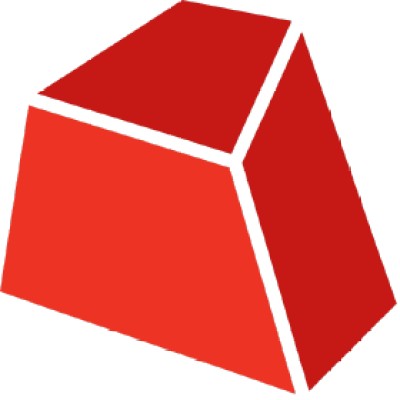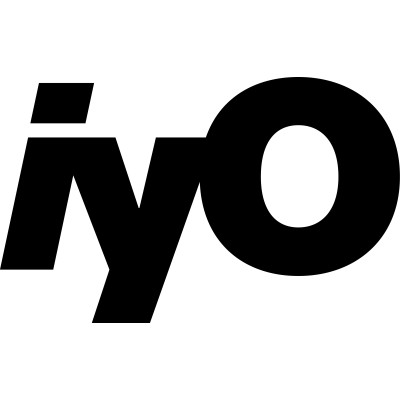
At Webflow, we envision a future where anyone can wield the power of web development effortlessly, breaking down barriers between design and code to unlock creativity and business innovation on a global scale.
We are building the world’s most powerful website experience platform that empowers teams of all sizes to craft dynamic, responsive digital experiences that resonate deeply with people and perform flawlessly in search engines.
Harnessing visual development, AI-powered personalization, and a composable CMS, our mission is to democratize web creation so that designers, marketers, and creators can bring their boldest ideas to life without limitations, driving the next era of digital transformation.
Our Review
After diving deep into Webflow over the past few months, we've come away genuinely impressed. This isn't just another website builder trying to compete with Squarespace or Wix—it's something fundamentally different that bridges the gap between design and development in ways we haven't seen before.
What started as a Y Combinator graduate in 2013 has quietly become the go-to platform for over 3.5 million users who want professional websites without wrestling with code. We tested it extensively, and honestly, it delivers on that promise better than we expected.
The Visual Development Sweet Spot
Here's what clicked for us: Webflow sits in this perfect middle ground that most platforms miss entirely. Traditional builders like Wix feel too limiting when you want real control, while custom coding feels like overkill for most projects. Webflow lets you design visually but generates clean, production-ready HTML, CSS, and JavaScript behind the scenes.
We built several test sites and were surprised by how much control we had over responsive design, animations, and interactions—all through a visual interface. The learning curve exists, but it's worth it.
Where It Really Shines
The CMS integration caught us off guard in the best way. Unlike other platforms where content management feels tacked on, Webflow's composable CMS is built into the core experience. We could create dynamic content structures, manage complex data relationships, and still maintain full design control.
Their recent acquisitions tell an interesting story too. Buying GreenSock (the animation powerhouse) and Intellimize (AI-powered personalization) shows they're serious about staying ahead of web development trends. These aren't random purchases—they're strategic moves that make the platform more powerful.
Who This Actually Works For
We've seen design agencies absolutely love Webflow because it lets them deliver client work faster while keeping quality high. Startups dig it because they can launch professional sites without hiring developers. Even enterprises like Dell and Zendesk use it for marketing sites and landing pages.
But here's the thing—if you're looking for a quick, template-based solution, this might be overkill. Webflow rewards investment in learning the platform. Once you do, though, the creative possibilities feel almost limitless.
With $335 million in funding and a clear vision for "bringing development superpowers to everyone," Webflow feels like a company that's just hitting its stride. For anyone serious about web design but tired of coding constraints, it's definitely worth the learning curve.
Feature
Visual Website Builder: drag-and-drop interface with clean code generation
Composable CMS for dynamic content management
E-commerce capabilities including product listings and checkout
Hosting via Amazon CloudFront and Fastly for performance
Built-in SEO tools and AI-powered optimization
Enterprise collaboration and scalability features
AI-driven personalization and A/B testing








